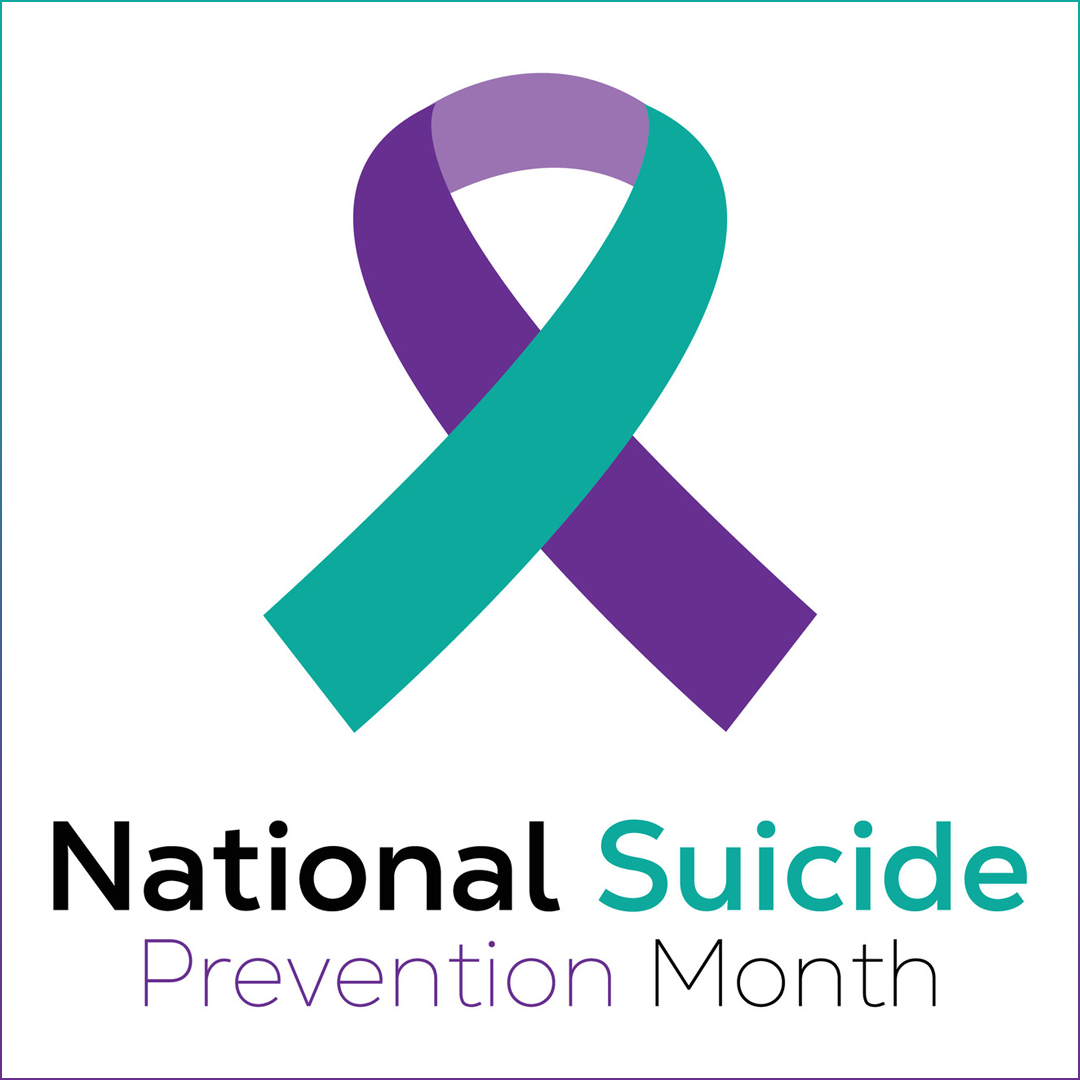
Every September, the U.S. recognizes National Suicide Prevention Month, also known as Suicide Prevention Awareness Month—a time to raise awareness, fight stigma, and spread resources for mental health and suicide prevention. For the LGBTQ+ community, this month carries an especially urgent weight.
The reality is heartbreaking: LGBTQ+ youth and adults face disproportionately high rates of suicidal thoughts and attempts compared to their non-LGBTQ+ peers. Yet the story isn’t only about risk. It’s also about resilience, chosen family, community care, and hope.
This month, as we focus on suicide prevention, it’s vital to shine a light on how LGBTQ+ lives are uniquely affected—and what we can do, together, to protect and uplift our community.
Understanding the Crisis
The numbers paint a stark picture:
- According to The Trevor Project’s National Survey on LGBTQ Youth Mental Health, 45% of LGBTQ youth seriously considered attempting suicide in the past year.
- Transgender and nonbinary youth report even higher rates of suicidal ideation.
- Bisexual youth and adults are at elevated risk, often due to both erasure in queer spaces and rejection in straight ones.
- LGBTQ+ adults, too, experience higher rates of depression and suicidality compared to their heterosexual peers.
Why? It isn’t because queerness itself causes distress—it’s because of the social stigma, family rejection, discrimination, and violence that LGBTQ+ people still face daily.
The crisis is not about identity—it’s about the hostile environments that make survival harder.
The Power of Visibility and Affirmation
Research consistently shows that support saves lives. LGBTQ+ youth who have just one accepting adult in their lives are 40% less likely to attempt suicide. That’s the transformative power of visibility, affirmation, and love.
For adults, chosen family, affirming healthcare, inclusive workplaces, and authentic representation in media all contribute to lower levels of distress. In short: when LGBTQ+ people feel seen, supported, and celebrated, they thrive.
National Suicide Prevention Month is a chance for all of us—queer folks and allies alike—to step up and create environments that say, “You belong. You are loved. You are not alone.”
Unique Challenges for LGBTQ+ Communities
While suicide affects people across all backgrounds, LGBTQ+ individuals face distinct challenges that must be recognized:
- Family Rejection: Too many LGBTQ+ youth are rejected at home, leading to housing insecurity and mental health struggles.
- Bullying and Harassment: Schools and workplaces often remain unsafe, fueling feelings of isolation.
- Healthcare Disparities: Many LGBTQ+ people fear—or experience—discrimination in mental health and medical settings.
- Stigma Around Mental Health: On top of the stigma of queerness, there’s still stigma around seeking mental health support. This “double stigma” can prevent people from reaching out for help.
Naming these challenges is key. When we understand the roots of risk, we can better respond with compassion and solutions.
Stories of Resilience
Even in the face of these challenges, LGBTQ+ people have built powerful networks of resilience. From the ballroom culture of the 1980s to today’s mutual aid collectives, our community has always found ways to care for each other when mainstream systems failed us.
National Suicide Prevention Month isn’t just about highlighting risk—it’s also about celebrating the ways queer people survive, resist, and heal. Every story of resilience adds to a collective tapestry of strength that young LGBTQ+ people can look to for hope.
How We Can Take Action
If you’re wondering how to mark National Suicide Prevention Month through an LGBTQ+ lens, here are meaningful steps anyone can take:
- Educate Yourself
Learn about the specific mental health challenges facing LGBTQ+ communities. Understanding is the first step to change. - Be an Affirming Presence
Whether you’re a parent, teacher, friend, or coworker, your acceptance matters. Small affirmations—using correct pronouns, showing up to queer events, listening without judgment—can save lives. - Support LGBTQ+ Organizations
Groups like The Trevor Project, Trans Lifeline, and local queer mental health initiatives provide lifesaving services. Donations, volunteering, or simply amplifying their work makes a difference. - Challenge Stigma
Speak up against harmful jokes, misinformation, or dismissive attitudes about both queerness and mental health. Silence only reinforces stigma. - Share Resources
Post hotline numbers, support group links, and mental health tips on your social media. You never know who in your circle might need them.
Resources to Share
Here are some key LGBTQ+ affirming resources for suicide prevention and crisis support:
- The Trevor Project (U.S.) – 24/7 crisis support for LGBTQ youth: 1-866-488-7386 or text START to 678-678
- Trans Lifeline – Peer support by and for trans people: 1-877-565-8860
- National Suicide Prevention Lifeline (U.S.) – Dial 988
- Local LGBTQ+ centers and support groups (check your city for community-specific resources)
Simply sharing these resources could be the lifeline someone needs.
A Call to Solidarity
Suicide prevention isn’t just about statistics or slogans—it’s about people. It’s about the queer kid at school wondering if life will ever get better. It’s about the adult navigating depression in silence because they fear no one will understand. It’s about our community, and it’s about our responsibility to each other.
This National Suicide Prevention Month, let’s pledge to do more than raise awareness. Let’s commit to action—affirming LGBTQ+ identities, supporting mental health, and building communities where no one feels invisible.
Because the truth is simple: LGBTQ+ lives are worth protecting. Worth celebrating. Worth living.
In Solidarity, Always
– Ryder
Discover more from Ryder Tombs
Subscribe to get the latest posts sent to your email.


